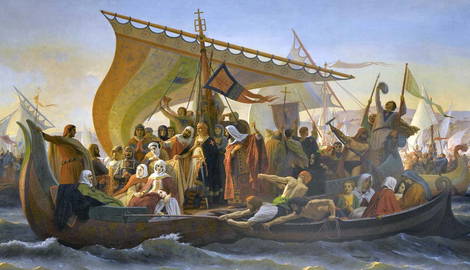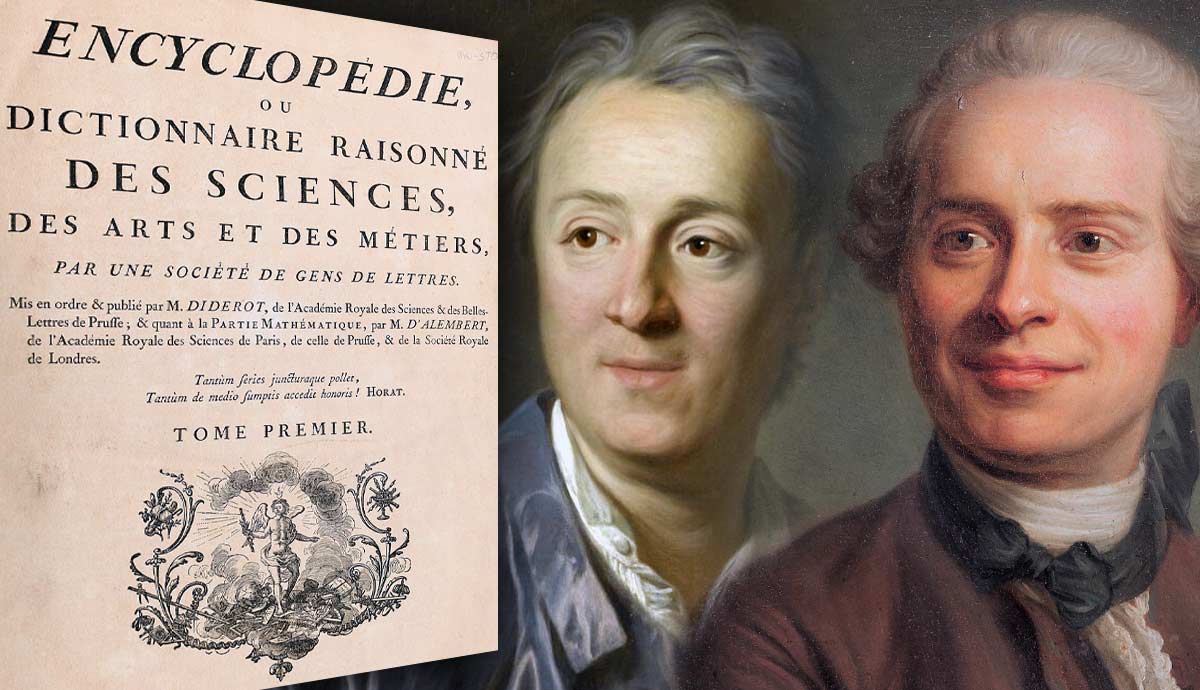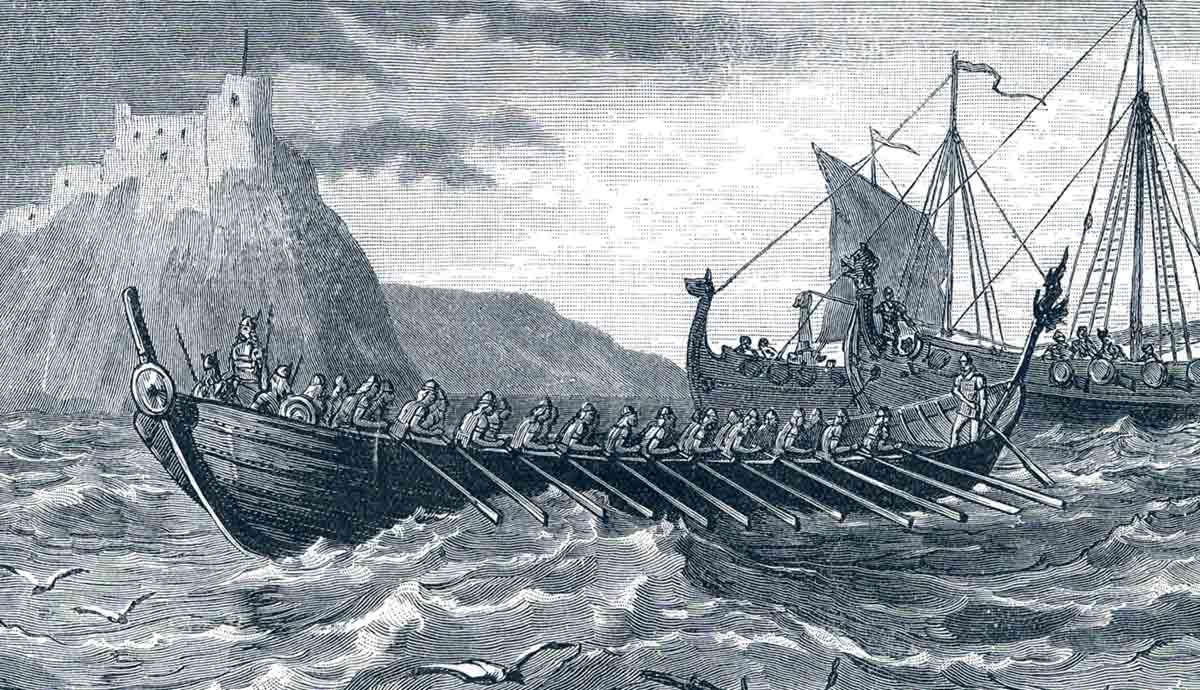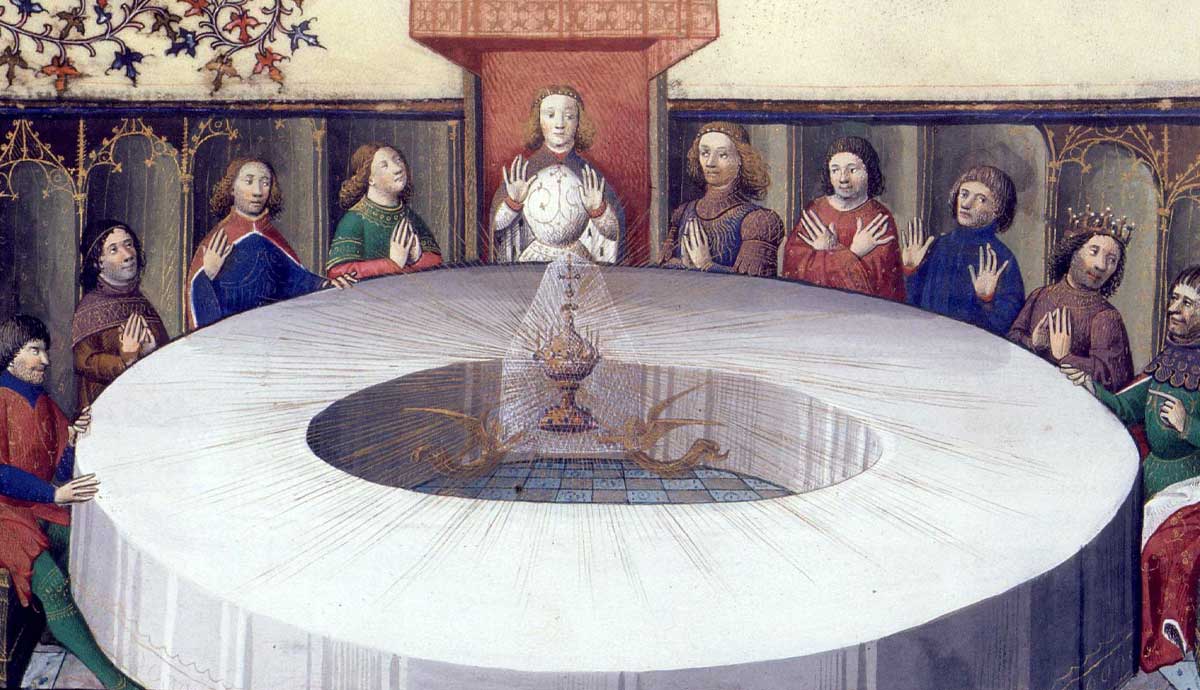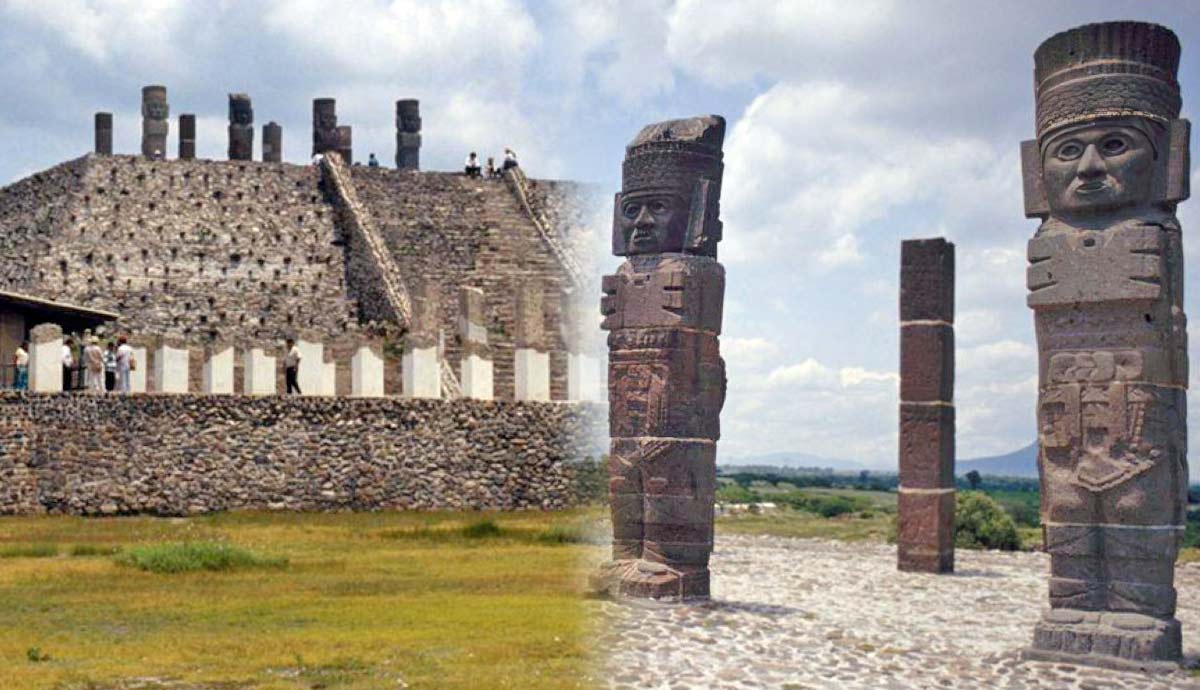
Pope Urban II (1088-1099) was a key figure in the process of initiating the First Crusade by calling upon the Christian world to gather together in the name of God and defend the Christian faith against the “non-believers” who had control over the Holy Land and the Holy City, Jerusalem. The First Crusade lasted from 1096 to 1099, ultimately leading to the formation of Crusade states and Christian control of Jerusalem. This article will explore the conditions leading to the First Crusade, its main objectives, legacy, and consequences.
The Holy Land Before the First Crusade

When we talk about the Holy Land, we refer to Jerusalem, Palestine, and the surrounding territories. This land has a turbulent past, and it was controlled by various rulers, including the Byzantine Empire, the Rashidun Caliphate, the Umayyads, the Abbasids, and the Seljuk Turks.
Between the 4th and 7th centuries, Jerusalem was part of the Byzantine Empire. Emperor Theodosius I (347-395) proclaimed the city one of the leading centers of Christianity and made the Christian faith the empire’s official religion. In 614, the Sasanian Empire attacked and conquered Jerusalem; however, the Byzantine Empire recaptured the city again in 628.
After being conquered by the Sasanian Empire, however, the city and the surrounding region were never the same again. The Byzantine power and influence weakened, and the city was captured again in 637 by Caliph ‘Umar ibn al-Khaṭṭāb from the Muslim Rashidun Caliphate. During ‘Umar I’s reign, Jerusalem had religious autonomy as long as it paid taxes to the caliphate, meaning the Christian and Jewish people could openly practice their religions and live in peace.
Afterward, the Umayyads controlled the region from 661 to 750 and the Abbasids from 750 to 969. During the reign of the Fatimid caliphs of Egypt (969-1070), the situation for Christians and Jews became more complicated as they were prosecuted and faced dangerous circumstances.
The Seljuk Turks captured Jerusalem in 1073. Two years earlier, in 1071, they faced the Byzantine Empire and defeated Emperor Romanus IV Diogenes in the Battle of Manzikert (present-day Malazgirt, Türkiye). It was then that the Byzantine Empire asked the rest of the Christian world for help defending the empire and the Holy Land.
Pope Urban II and the Call for the Holy War

Pope Urban II was the head of the Roman Catholic Church at this pivotal time in medieval history. He had political and religious ambitions and saw the Byzantine Empire’s call for help as an opportunity to restore papal supremacy and authority over Christian people, not only in Western and Southern Europe but also in Byzantine territories. Indeed, supporting the Byzantine emperor could strengthen the bond between the Western and Eastern churches after the Great Schism, the 1054 split caused by a series of theological differences and political reasons.
The pope organized the Council of Clermont in 1095, exhorting Christian rulers to rescue Jerusalem from the Turks and defend Christianity against the “non-believers.” Pope Urban II rallied them based on moral duty and highlighted Jerusalem’s importance. The pope also promised eternal salvation and the forgiveness of sins for all those who joined the Holy War and went to the Holy Land to defend Christianity.
The pope’s call was enthusiastically received. Monarchs and nobles wanted eternal salvation, of course. However, they also saw the possibility of getting wealthier, as war usually included a fair share of pillaging and sacking. Younger sons of aristocratic families also saw the crusade as an opportunity to gain wealth and glory.
Pope Urban II’s message spread across Christian Europe, reaching different social levels. Nobles, knights, and common people took up arms and started their journey to the Holy Land to defend Christianity and receive eternal salvation. Due to strong messaging and the promise of salvation, in 1906 there was also the so-called People’s Crusade led by the preacher Peter the Hermit. It was composed of minor nobility, knights, peasants, and poor people. Most of them were annihilated by the Turks before reaching Jerusalem.
Traveling to the Holy Land

Traveling to the Holy Land was complicated at the time. Indeed, at the beginning of the First Crusade, the Crusaders had to cross an incredibly long distance, all the way to Byzantium and the Levant. Traveling and moving during medieval times was challenging, especially with all the supplies and weaponry the Crusaders had with them. During their travel, they faced bad weather and terrain conditions, diseases and illnesses, starvation, and conflicts with locals in the territories they were crossing.
When traveling to the Holy Land, the Crusading forces took two main routes: the overland and maritime routes. The former was the most used, and it led the Crusaders through France, the Holy Roman Empire, the Italian peninsula, and the Balkans, arriving directly by foot in the Byzantine Empire. Some of the most famous leaders of the First Crusade were Godfrey of Bouillon, Baldwin of Boulogne, Raymond IV of Toulouse, and Robert of Normandy. The travel was harsh and lasted months, claiming many Crusaders’ lives even before they reached the Holy Land.

Some Crusaders opted to use the maritime (and more expensive) route to reach Jerusalem. In particular, contingents from France and Italy traveled by boat since the Mediterranean Sea was the fastest way to reach the Byzantine Empire and the Holy Land.
In addition to enduring difficult weather and terrain in the Balkans and Anatolia, the Crusaders struggled with a lack of vital supplies, such as food. Hungry and exhausted, they often looted the territories they crossed.
After reaching Constantinople, the capital of the Byzantine Empire, the Crusading soldiers clashed with the local population because of their pillaging habits. The Byzantine emperor faced a difficult situation; the people who were supposed to help him fight the Seljuk Turks were instead busy committing crimes and destroying his lands. He made sure to transport them to Anatolia as soon as possible.
The First Crusade’s Main Conquests and Battles

During the Holy War, the Crusaders had different targets and objectives. The first was Nicaea, the capital of the Seljuk Sultanate of Rum. Together with the Byzantine emperor’s forces, the Crusading soldiers managed to cut off the city from its primary resources and supplies. The Seljuk Turks were driven to desperation and surrendered the city to the Byzantine Empire on June 19, 1097.
The next famous stop was Antioch, one of the most important cities under the control of the Seljuk Turks. The Crusaders launched a long siege of the city that lasted multiple months and required extensive resources and military strategy.
According to historical sources, the city fell due to the betrayal of the Armenian guard, who opened the city gates to the Crusaders. The hungry and angry soldiers started storming and pillaging the city, causing much devastation to its inhabitants. The Crusading forces entered the city on June 3, 1098, but a couple of days later, they were attacked by a Muslim army. However, they launched a counterattack, defeated the enemy forces, and claimed Antioch.

The following conquest, and the most important one, was the Holy City itself, Jerusalem. Jerusalem, at that point, was under the control of the Fatimid Caliphate. The Crusading forces started the siege in June 1099, and the city finally fell on June 15, 1099. Just like in Antioch, the soldiers started pillaging the city, killing many civilians, and stealing everything they wanted. According to historical chroniclers, Jerusalem was ruined, and so many people were murdered that blood was running down its streets.
The Legacy of the First Crusade

The legacy of the First Crusade is complicated, and it shaped political and religious relations across continents and countries. One of the most consequential results of the Holy War was the creation of the Crusader states: the Kingdom of Jerusalem (1099-1291), the Principality of Antioch (1098-1268), the County of Edessa (1098-1144), and the County of Tripoli (1109-1289). These new territories were highly vulnerable and saw constant conflict. They also led to other crusades.
Another consequence of the First Crusade was the worsened relations between Christians and Muslims. Crusaders were extremely brutal while pillaging the cities and territories where Muslims peacefully coexisted with other religious groups.
Some writers and chroniclers, like Ibn al-Athir, described the devastating brutality and massacres of the Crusading forces in Jerusalem, killing Muslim and Jewish people without hesitation and mercy. The behavior of the Crusaders and the formation of the Crusader states brought Muslim people together and ultimately led to the fall of the Crusaders-controlled territories.

Pope Urban II increased papal influence by calling for the Holy War. The Catholic Church broadened its authority and received a lot of land and gold from monarchs and nobles who answered the pope’s call. At the same time, the behavior of the Crusaders and the papacy worsened relations between the Eastern and Western churches. The pope’s intention to spread his influence in Byzantine territories in the Middle East also played a role in exacerbating the situation.
The First Crusade left an everlasting impact on religious relations and politics. The newly formed Crusade states did bring a European presence to the Holy Land. However, this caused more religious conflicts and accelerated the weakening of medieval empires such as Byzantium.
